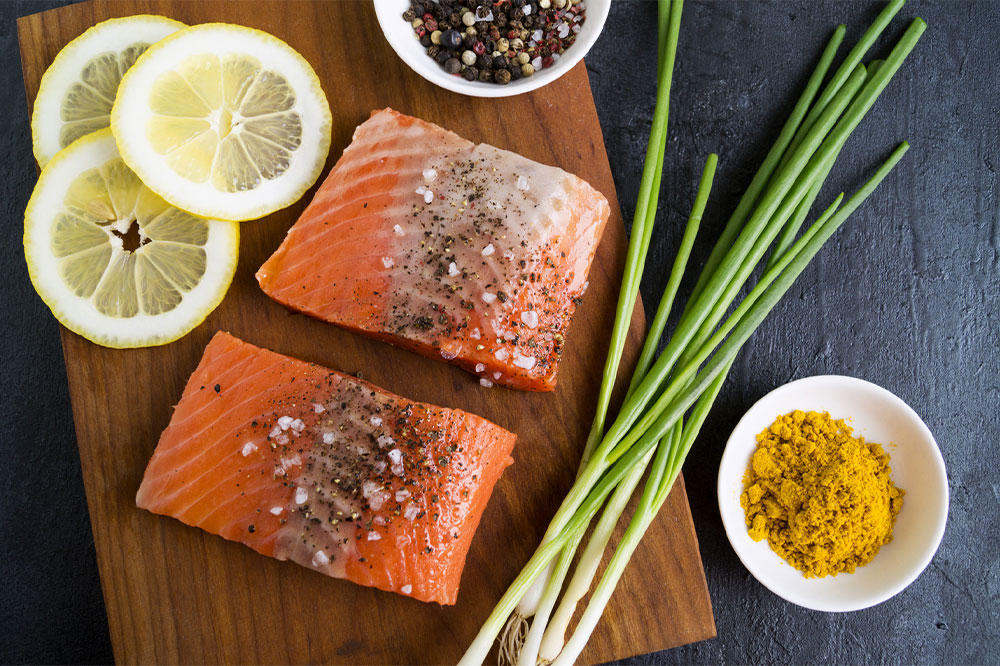Remedies and food plans to manage lung cancer

According to the American Cancer Society, there have been about 236,740 lung cancer cases so far in the year 2022. The condition is commonly diagnosed in adults between 65 to 70 years of age; however, it may occur earlier too. Lung cancer can be classified into small cell lung cancer (SCLC) and non-small cell lung cancer (NSCLC). This article talks about the treatments for NSCLC and foods and remedies to manage lung cancer.
Treatment methods for non-small cell lung cancer
Once NSCLC metastasizes, it is challenging to find a complete cure for it; however, certain targeted therapies and kinase inhibitors may stump the progress of the condition or contain it successfully. Given below are some treatments for NSCLC at different stages.
IMFINZI®
IMFINZI® is an option for patients with Stage 3 lung cancer that cannot be treated via surgery. It is most commonly used to treat NSCLC in cases where the disease has not progressed after concurrent chemoradiation therapy.
TAGRISSO®
TAGRISSO® is a once-daily targeted therapy treatment for those with epidermal growth factor receptor (EFGR) plus NSCLC. It helps prevent lung cancer from recurring post-surgery. TAGRISSO® may be taken with or without food.
GILOTRIF®
GILOTRIF® is indicated as a treatment option for patients with metastatic NSCLC whose tumors have non-resistant EGFR mutations. It can also be used for patients with metastatic squamous NSCLC progressing after platinum-based chemotherapy.
Foods that help manage lung cancer
Fish
Vitamin D is believed to be an important component for people battling lung cancer. Salmon, along with other fatty fish like mackerel and herring, contain an abundant amount of vitamin D. It is recommended to include salmon in meals regularly.
Fruits and vegetables
Fruits like pears and apples contain phytonutrients and antioxidants, which have powerful anti-cancer benefits. It is advisable to consume at least five servings of fruits and vegetables in a day. Items like eggs, beans, oatmeal, brown rice, nuts and nut butters, and soy foods are said to be beneficial for the management of lung cancer.
Other remedies to manage lung cancer
Physical activity
Like with other types of cancer, food and lifestyle choices can contribute to the betterment of the patient’s condition. It is recommended to include daily physical activity and to have nutritious and unprocessed foods.
Massage
Massage therapists are trained to ease muscle pain and help with relaxation. They can help patients undergoing treatments for lung cancer ease the pain in nerves or muscles. It is advisable to consult a doctor before opting for a massage.
Acupuncture
Acupuncture is an effective remedy to deal with pain, nausea, and some other symptoms associated with health conditions like lung cancer. It is advisable to go to trained professionals only and learn about the dos and don’ts of the procedure before booking a session.
There are no specific home remedies that can help with lung cancer. However, like with any other type of cancer, the right food and lifestyle choices can contribute to the improvement of one’s health.


